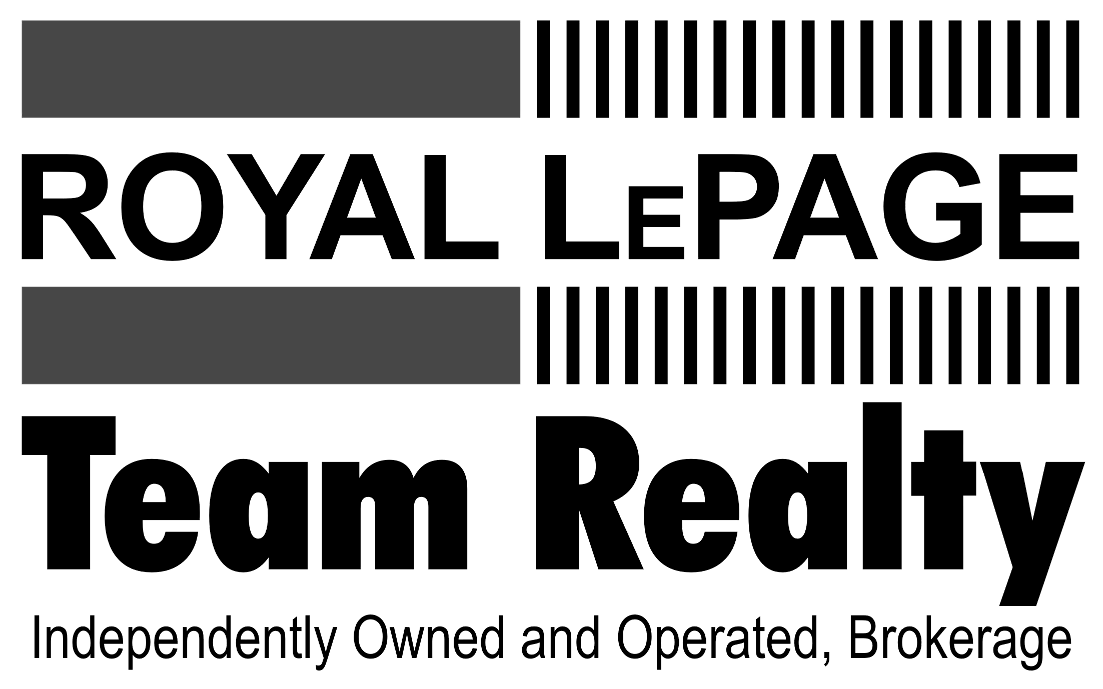Get ready for an incredible weekend in Ottawa! From fireworks to buskers, ribs, and poutine, there's something for everyone. Check out this list of events and share it with your friends. Know of any other events? Share them in the comments!
12 Must-See Events in Ottawa
Casino Lac-Leamy Fireworks Experience world-class pyromusical performances, culinary delights, artistic showcases, and multimedia art installations. Tickets start at $16. Watch from various points along the Ottawa shoreline, including Major’s Hill Park. Fireworks at 9:15pm.
When: July 31 and Aug 3, 7, 10, 14, 17
Where: Canadian Museum of History grounds, Laurier St, Gatineau
Details:feux.qc.ca
Ottawa International Buskerfest Enjoy world-class performances, free workshops, strolling acts, and food vendors. Free entry.
When: August 2-5
Where: Sparks St
Details: ottawabuskerfestival.com
Capital Ribfest & Poutine Savor the best ribs and poutine, along with live music, games, and drinks. Free entry.
When: August 2-5, 12-9pm (Mon, 12-6pm)
Where: City Hall, 110 Laurier St W
Details: capitalribfest.ca
Ottawa Chamberfest The largest and one of the oldest chamber music festivals in the world celebrates its 30th anniversary. Enjoy free and paid concerts in beautiful venues.
When: July 25-Aug 8
Where: Various venues
Details: chamberfest.com
Capital Pop Up Cinema Watch a free outdoor screening of "The Wedding Singer." Approx. 8:45pm.
When: Friday, Aug 2
Where: Beachwood Cemetery, 280 Beechwood Ave
Details: IG @capitalpopupcinema
613 Flea Shop from over 150 vendors offering eclectic goods, handmade items, antiques, vintage clothing, food, and more. Free entry.
When: Saturday, Aug 3, 10am-4pm
Where: Aberdeen Pavilion, Lansdowne Park, 1015 Bank St
Details: @613flea
Atletico Ottawa vs Cavalry FC Support Ottawa’s professional soccer team against Cavalry FC from Calgary.
When: Saturday, Aug 3, 7pm
Where: TD Place, 1015 Bank St
Colonel By Days Explore Ottawa’s rich history and the canal builder’s legacy with live tours, period costumes, and workshops. Free entry.
When: Saturday, Aug 3-Monday, Aug 5, various times
Where: Ottawa Locks Bytown Museum, 1 Canal Lane, Ottawa
Details: ottawamuseumnetwork.ca
Open Doors at Rideau Hall Tour the grounds, state rooms, gardens, and greenhouses of the Governor General's residence. Free entry.
When: Saturday, Aug 3-Monday, Aug 5, 10am-4pm
Where: Rideau Hall, 1 Sussex Dr, Ottawa
Details: gg.ca
Company of Fools: Macbeth Enjoy Shakespeare’s Macbeth with an all-female/non-binary cast. Pay-what-you-can ($20 suggested).
When: Friday, Aug 2-Monday, Aug 5 (and beyond), 7pm-8:30pm
Where: Aug 2nd Alexander Grove (Stittsville), Aug 3rd Fairmont Park (Civic Hospital), Aug 5th Strathcona Park (Sandy Hill)
Details: fools.ca
Glengarry Highland Games Experience Scottish heritage with over 60 pipe bands, 200 Highland dancers, and traditional sports. Tickets: $30 (children 12 and under free).
When: Friday, Aug 2, 8am-2am; Saturday, Aug 3, 8am-10pm
Where: 34 Fair St, Maxville
Details: glengarryhighlandgames.com
Festival Country du Grand Gatineau Celebrate the 32nd edition of the Grand Gatineau Country Festival with performances by over 40 country music artists. Tickets: $26.85 & up.
When: Aug 1-4; Friday from 7pm, other days from 1pm
Where: Father Arthur Guertin Center, 16 Rue Bériault, Gatineau
Details: countrygatineau.com
Saturday
Crush: The Bon Jovi Experience Enjoy Bon Jovi's greatest hits with Crush. Tickets: $25.57-$31.59 incl tax.
When: Saturday, Aug 3, 8pm-11pm
Where: Rideau Carleton Casino, 4837 Albion Road
Major League Quad Watch the Ottawa Black Bears face the Boston Forge in the 2024 MLQ finale. Pay-what-you-can (min. $5).
When: Saturday, Aug 3, 2pm-5pm
Where: 140 Main St, Ottawa
Details: mlquadball.ticketleap.com
Urban Art Collective Saturday Themed Markets Discover unique treasures at the Antique & Vintage Market. Free entry.
When: Saturday, Aug 3, 12pm-5pm
Where: 1088 Somerset St. W, Ottawa
Sunday
Salsa Sundays Join this free weekly dance class led by instructors from the University of Ottawa’s Salsa Club. No partner is needed, and the instructors will have you dancing with Latin flair in no time! Every Sunday from June 9 to September 1, 3pm to 5pm at George Street Plaza, 55 Byward Market Square.
Zumba on the Hill Get your groove on at Parliament Hill with certified Zumba instructors. This lively Zumba Party is free to attend. Sundays from 4pm to 5:15pm. Location: Parliament Hill. Details: Zumba on the Hill Facebook
Lansdowne Market Explore over 75 vendors offering a variety of local produce, baked goods, crafts, hot meals, and more. Pets are welcome. Every Sunday from 9am to 3pm at the Aberdeen Pavilion, 1000 Exhibition Way, Ottawa.
Monday
Bring the Kids! Enjoy a classic and chamber music recital at the National Arts Centre, designed to keep kids engaged with short attention spans. Free admission. Monday, August 5 at 12pm. Location: 1 Elgin Street, Ottawa, ON K1P.
Meet & Greet with Sesame Street Meet Elmo, Abby, and the Cookie Monster at Tanger Outlet. Enjoy face painting, games, and treats with your little ones. Free event. Monday, August 5 from 11am to 3pm. Location: 8555 Campeau Drive, Ottawa.
Source: Ottawaisnotboring.com























.png)
